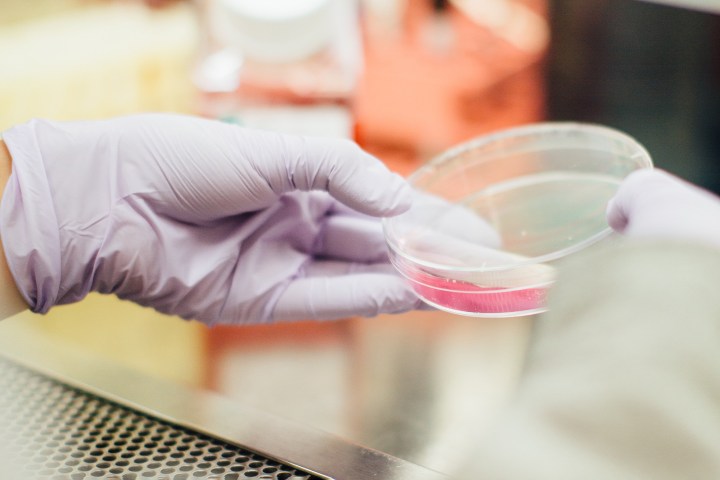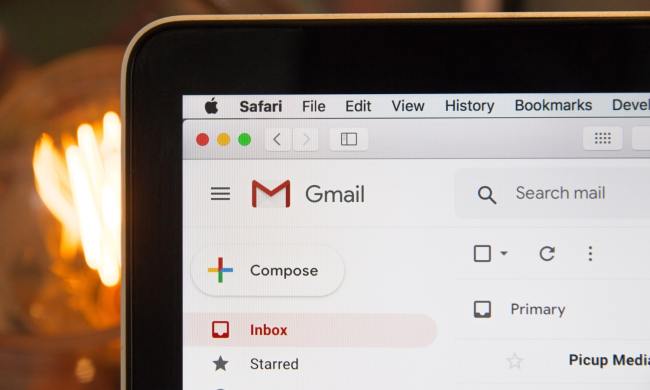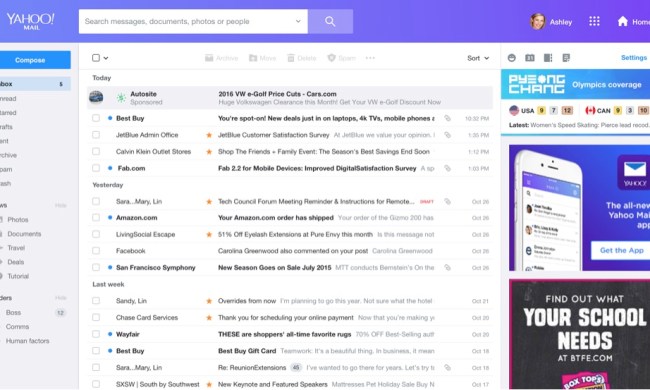
“A lot of what you’re seeing here is a convergence of engineering and biology in ways that people didn’t imagine even just a few years ago,” said Jeffrey Borenstein, technical director of the Biomedical Engineering Center at the Charles Stark Draper Laboratory.
Located in Cambridge, Massachusetts, a mere stone’s throw from the world-famous Massachusetts Institute of Technology campus, the not-for-profit Draper Laboratory has been carrying out cutting-edge research for decades. In the 1960s, it helped design the Apollo Guidance Computer that placed the Apollo astronauts on the moon, and then returned them safely.
The project Borenstein is talking about above is altogether more earthbound, although no less impressive. In fact, if all goes according to plan, it’s not an exaggeration to say it could be a planet-saver. The Big Idea: To grow plant tissues in a lab to produce the vegan equivalent of lab-grown meat.
“Imagine, for example, growing a stronger wooden table in one solid piece. No tree planting, milling, transportation, soil, or sunlight necessary.”
If that sounds impressive, but of niche interest, picture the potential applications: Rather than having to cut down forests to produce wood — to give one example of a plant tissue — you could instead grow the material rapidly through a chemical process in a way that has considerably smaller planetary impact. You could even tweak its mechanical properties or its geometry. Imagine, for example, growing a stronger wooden table in one solid piece. No tree planting, milling, transportation, soil, or sunlight necessary.
“We have this increasing demand for products and foodstuff as the population continues to grow,” Ashley Beckwith, a Draper Fellow and Ph.D. candidate at MIT who is working on the project, told Digital Trends. “Ultimately, there’s a lot more competition for arable land than there used to be. At some point, the lands available to us may not be able to provide all that we ask of it. We need to start finding alternative and more strategic ways to produce these plant-based materials.”
Similar to lab-grown meat
Right now, the team isn’t creating fully formed tables. It is printing tiny, proof-of-concept material samples in Petri dishes, currently using the zinnia plant, a genus of plants within the daisy family.
For their early proof-of-concept demonstrations, the researchers extracted live cells from a zinnia plant’s leaves, then cultured these cells in a liquid growth medium. They were then transferred into a gel, whereby they can be induced, much like stem cells, into a variety of cell types. The rigid, woodlike structure they have managed to induce them to become, in one instance, can be modified in its firmness by controlling its production of an organic polymer called lignin.
There’s no shortage of venture capital dollars dedicated to the dream of growing meat in a laboratory without a single cow or pig needing to lose its life. Could plants be next?

The cellular meat comparison is an appropriate one. Over the past several years, the number of companies exploring this space has exploded. From Mosa Meat to Memphis Meats to a plethora of other, less alliterative startups that don’t lean so heavily on the letter M, there’s no shortage of venture capital dollars dedicated to the dream of growing meat in a laboratory without a single cow or pig needing to lose its life. Could plants be next?
“I think, in general, the analogy is fairly good,” Beckwith told Digital Trends. “What we’re looking at is essentially doing tissue engineering in plants. We want to grow an isolated tissue without growing the rest of the plant, in the same way that people working in the cultivated meat industry are looking to grow a particular tissue in a cow rather than growing the whole cow.”
“Working with plant cells is a bit different than working with animal cells,” she continued. “For one, they tend to be slower-growing, but they have a lot more developmental potential than a lot of adult animal cells. We have a lot more flexibility to be able to control the development of those cell cultures — although, timewise, these cultures take a bit longer than animal cell cultures to produce the final product. But when you’re comparing them to the natural case, where growing wood in a tree might take 20 years before it’s of economic value, if we’re talking a span of a couple months, that’s still much improved.”
New possibilities
The biggest similarity, however, is in the broader, planet-benefitting goal. Just as cellular meat means less land required for livestock, fewer methane emissions, and more, cellular plants will bring with them new eco-friendly advantages.
“I think [that we are at the start of] a real push for having biodegradable products,” Luis Fernando Velásquez-García, a principle research scientist at MIT’s Microsystems Technology Laboratories who is also working on the project, told Digital Trends. “The world has come to a stage where we have to spend significant resources and effort to deal with the waste that we’re dealing with, with the stuff that you no longer need.”
Borenstein told Digital Trends that this work opens up new manufacturing possibilities in that domain — not just easier ways to make objects we already manufacture from plant-based materials, but creating objects that we don’t currently make from these materials as well. This could include establishing kinds of smart material, able to self-repair or adapt to changing environments like, well, a plant.
“You could make something that is typically made using synthetic materials, and you could make it out of natural, living materials,” he said. “That could have massive benefits for the environment, right? The idea of engineering a living material to replace something synthetic that might not be degradable, that might sit in a landfill for thousands of years. You could engineer something that has the properties that replace that artificial material, and have it be a living material.”
There’s still plenty more work to be done, but the promise is significant. “We’re probably still some ways off, but hopefully not at the scale of decades,” Beckwith said. “We could see some significant developments if [this area receives the attention it deserves]. I think you could see developments in the decade that are very, very significant.”
A paper describing the work was recently published in the Journal of Cleaner Production.


